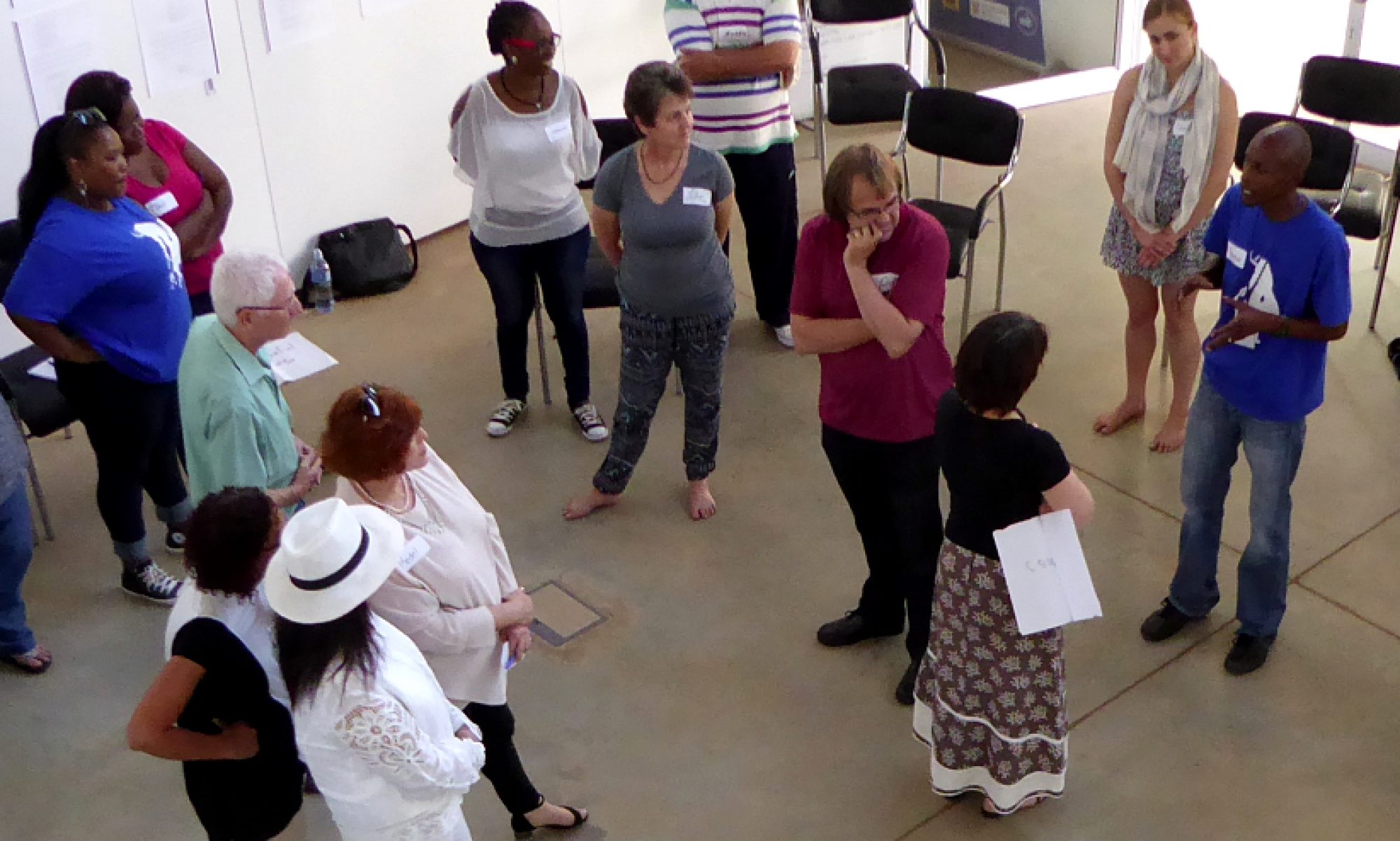ATKV Jeugleiersimposium
 Dit was my voorreg om hierdie week, Maandag en Dinsdag, as spreker op te tree by die ATKV se Jeugleiersimposiums by die Goudini Spa naby Worcester en Buffelspoort naby Hartebeespoortdam.
Dit was my voorreg om hierdie week, Maandag en Dinsdag, as spreker op te tree by die ATKV se Jeugleiersimposiums by die Goudini Spa naby Worcester en Buffelspoort naby Hartebeespoortdam.
My onderwerp: Vyf soorte weerstand teen leierskap en hoe om dit te hefboom. As jy daar was kan jy die opsomming hier aflaai in die vorm van die skyfie reeks wat ek gebruik het. As jy nie daar was nie, sal dit maar min sin maak vir jou.
Vyf soorte weerstabd teen leierskap
Translation:
It was my privilege to speak at the ATKV Youth Leaders symposia on Monday and Tuesday this week at Goudini Spa in the Western Cape and Buffelspoort in Gauteng.
My topic: Five types of resistance to leadership and how to leverage them. If you were there you can download the slide show above. If you were not there, it won’t make much sense to you.
Insights from this experience:
Five differences between motivational speaking and Strategic Narrative Embodiment
For those new to this website, Strategic Narrative Embodiment (SNE) is an applied theatre process that uses story and embodiment strategically to effect change in organisations and leaders.
-
Strategy and narrative, but no embodiment
At its most interactive, speaking still only works with strategy and narrative, not with embodiment. Unfortunately, it is the embodiment part of the model that invites people to question the dominant narrative. Without it, people get to think, but they struggle to break the requirement of acceptance of the narrative that goes with speaking. The speaker may, in his talk, question the dominant narrative about his topic, but then his story becomes the new dominant narrative and audience members are primed by the genre of speaking to accept it. This was very notable this week where the topic was resistance, but there was no resistance to the topic.
-
Whose opinion matters
Motivational speaking is the genre of convincing and propaganda. Strategic narrative Embodiment is designed to allow the audience, or rather participants, to make meaning of the ‘story in the room’ for themselves. Speaking centres on the opinion of the speaker, SNE attempts to elicit the opinions of the participants. It does so by inviting participants’ entire bodies into the conversation, not just their intellects. In this way participants can access resistance that does not necessarily surface as clear thoughts, but only as discomforts in their bodies e.g. knots in their stomachs, frowns on their faces and so on. Making sense of these questions can have a far deeper learning result than a mere hearing of a talk and a later dismissal of it because somehow it did not gel.
-
The seat of knowledge
In motivational speaking the speaker is the seat of knowledge which he more of less downloads into the receptacles that are the members of the audience. In SNE the facilitator structures conversation, but is mostly there to listen and allow others to speak. This is always hard for me because I have such clever things to say and I love to coin quotable phrases. However, this week my clever phrases left even me cold. The ideal would be for the speaker to voice her story, but then to allow participants to interact with that story in order to make sense of it for themselves.
-
Opinions or stories
Motivational speaking, even the interactive sort, finds it easier to elicit opinions and much harder to invite story sharing. SNE is designed to invite the latter. There are exceptions to this difference. I have seen amazing story tellers whose example of vulnerability and authenticity on the platform unlock people’s own stories and can, therefore invite deep connection, but not necessarily a questioning of dominant narratives. The stories shared still link to the new dominant ‘story in the room’ as presented by the story teller. Resistance to this story is then often read aspeople trying to be difficult, or unwilling to be moved or to buy in. Somehow the SNE tries to create a safe space for diverse points of view without getting into a debate or intellectual voicing of opinions. It wants to invite diverse stories and make it safe for every point of view.
-
Time and value.
Motivational speaking takes less time that SNE and gives the illusion of being value for money. On Monday I suggested to the organiser of the symposium that I run a fully interactive session instead of a talk. They preferred the talk for its particular content, but the organiser also remarked somewhat tongue in cheek: “After all we are paying you for your input.” Organisers seldom value a facilitator’s ability to shape and draw meaning from participants, they want to pay for knowledge. This is an illusion, though, because people hear what they already believe and unless you allow them to put what they believe into direct embodied interaction with what others, including the facilitator, believes, these believes do not change. Learning only really happens when people connect the ‘story in the room’ to their own stories. I know of few more powerful processes to do this through than embodied participation.
I still believe that speaking has an important part to play, but I have discovered that it meaves me unmoved for the most part as the speaker. If it leaves me that way, what impact does it have on my audience? Perhaps it is just me and I have to accept that I will have to leave the speaking to people who are moved by it themselves.
Read more about this on jy personal blog: No more model citizens!


